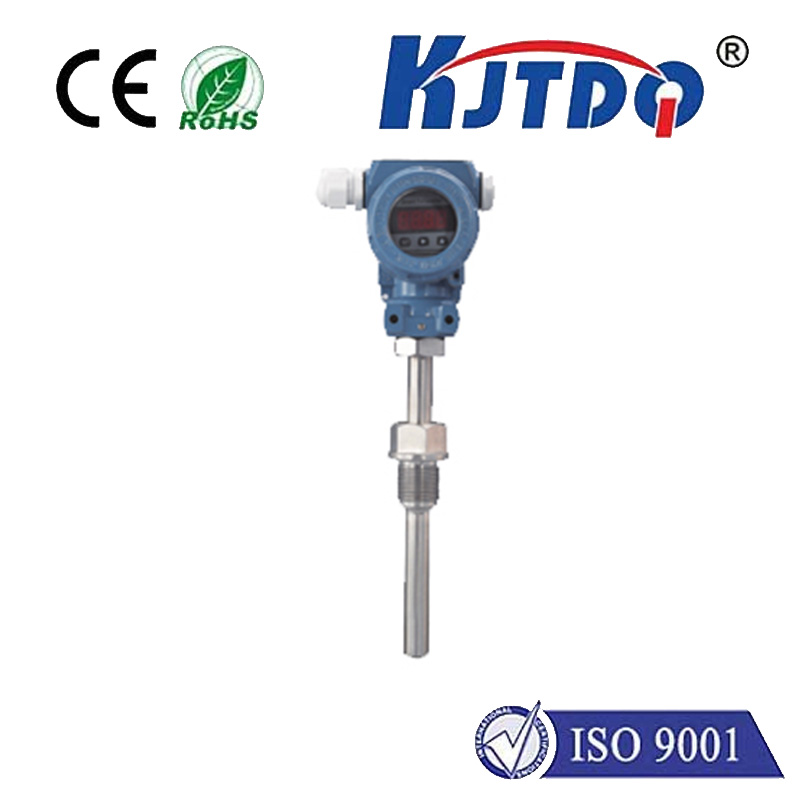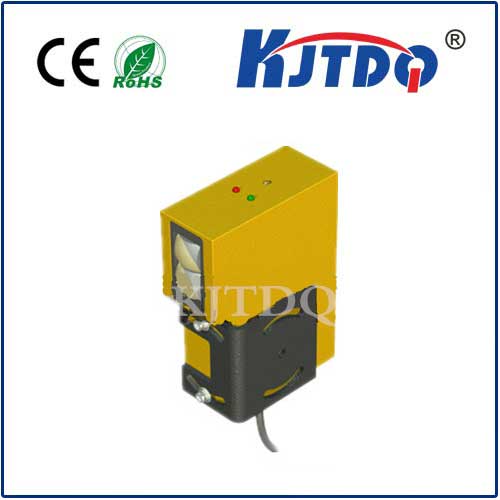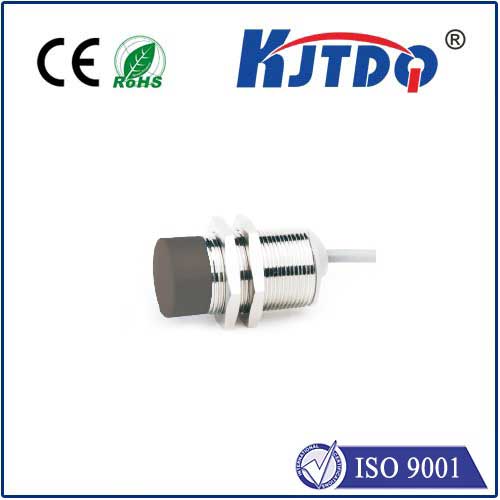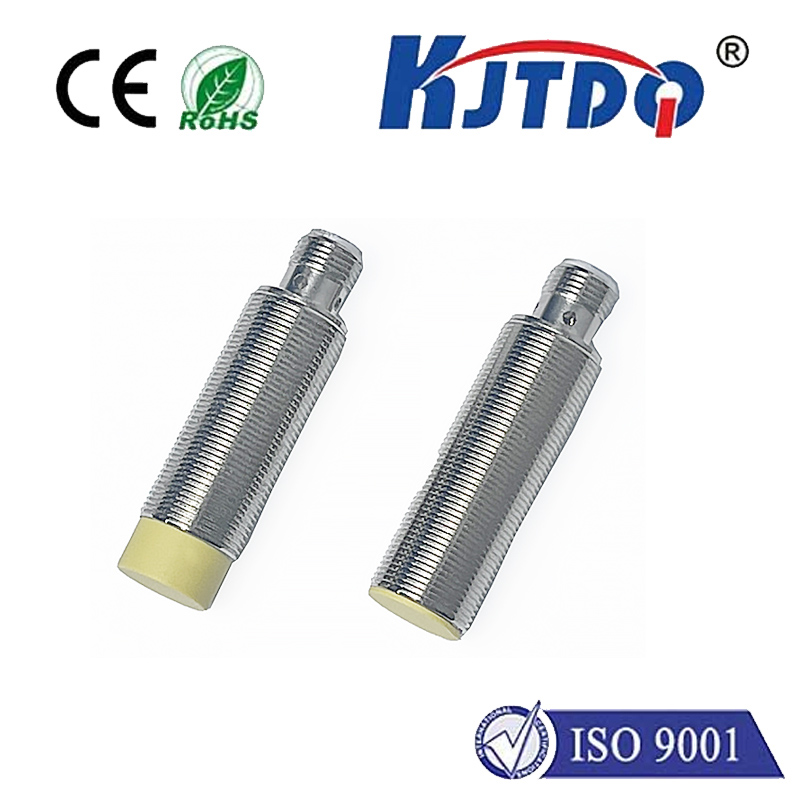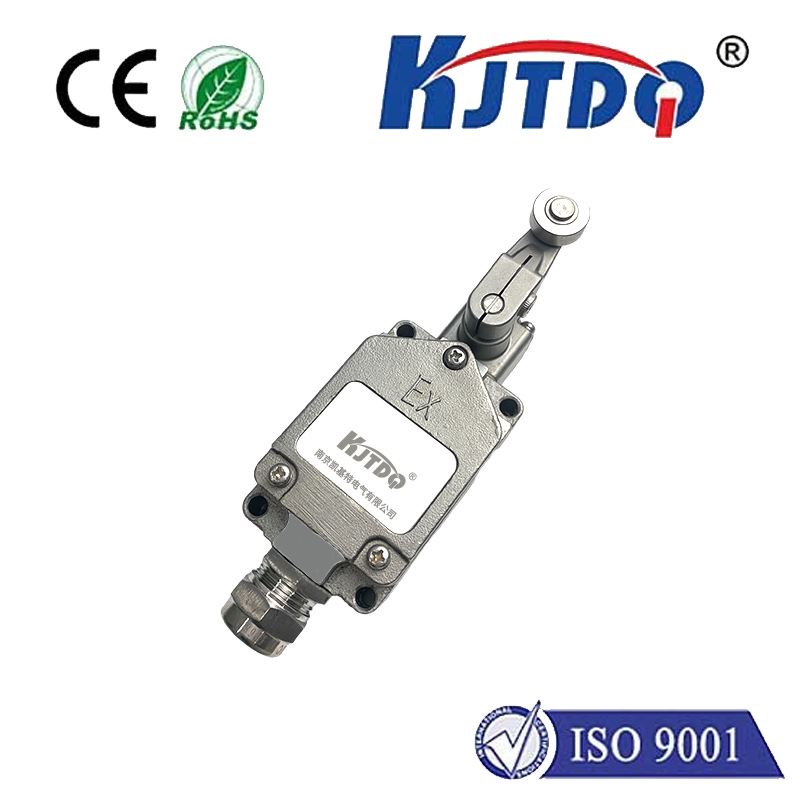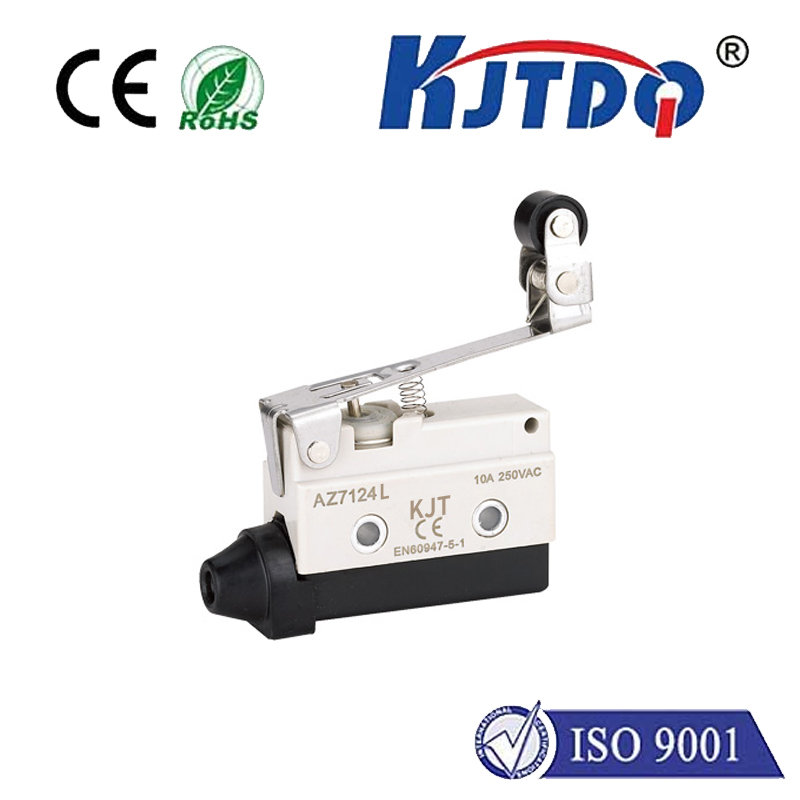BC2-EM08-UP8X-V1131 proximity sensor
- time:2025-09-22 09:25:48
- Click:0
BC2-EM08-UP8X-V1131 Proximity Sensor: Precision Detection in Compact Form
In the intricate dance of modern automation, where machines perform complex tasks with unwavering accuracy, sensors are the silent sentinels providing crucial feedback. Among these, the humble proximity sensor plays an outsize role, detecting objects without physical contact. The BC2-EM08-UP8X-V1131 stands as a prime example of engineering precision packed into a remarkably compact cylindrical form. Understanding its capabilities is key to unlocking reliable, non-contact detection in demanding industrial environments.
Beyond the Label: Decoding the BC2-EM08-UP8X-V1131
While model numbers can seem cryptic, they often hold clues to the sensor’s identity and function. Let’s break down the BC2-EM08-UP8X-V1131:
- BC2: Typically indicates a cylindrical housing type.
- EM08: Signifies the sensor’s threaded barrel diameter is M8, a very popular and compact size.
- UP8X: Likely references the specific product series or generation within the manufacturer’s lineup.
- V1131: This code frequently denotes the electrical output configuration, potentially indicating an NPN normally-open (NO) or NPN normally-closed (NC) output, or sometimes combined types. Always consult the official datasheet for the exact specification. This part is crucial for integration.
Core Function: Inductive Sensing Power
The BC2-EM08-UP8X-V1131 is fundamentally an inductive proximity sensor. This means it generates an electromagnetic field from its sensing face. When a metallic object (typically ferrous metals like iron or steel, or sometimes non-ferrous like aluminum, copper, brass depending on the sensor’s factor) enters this field, it induces eddy currents within the metal. The sensor detects the change in oscillation amplitude or frequency caused by these currents and triggers a solid-state electronic switch.

This non-contact principle offers significant advantages: no mechanical wear, resistance to dirt and contaminants (within specified limits), high switching frequencies for fast-moving applications, and exceptional long-term reliability.
Key Features & Specifications (General Inductive M8 Sensor Profile)
Drawing from the standard capabilities of high-quality M8 inductive proximity sensors represented by models like the BC2-EM08-UP8X-V1131, we can outline its typical performance envelope:
- Compact M8 Cylindrical Design: The M8 threaded barrel (approx. 8mm diameter) allows for easy installation in tight spaces where larger sensors cannot fit. The cylindrical shape is robust and offers versatile mounting options.
- Sensing Range: For an M8 inductive sensor, the nominal sensing distance (Sn) is usually around 1-2 mm, depending on the target material (standardized on Fe360 steel). Always verify the specific Sn for the BC2-EM08-UP8X-V1131 and your target.
- Output Configuration: As hinted by “V1131”, it will feature a transistor output (NPN or PNP, NO or NC). NPN (sinking) output is extremely common in sensors like these for PLC compatibility. This solid-state output provides fast, bounce-free switching.
- Connection: Typically features a standardized 2m PVC cable or sometimes an M8 connector variant. The cable termination facilitates quick wiring.
- Environmental Protection: Engineered for industrial rigor, these sensors usually boast high IP67 (IEC standard) ratings or often IP69K, meaning they are dust-tight and protected against high-pressure, high-temperature water jets – essential for washdown environments or harsh workshops.
- Operating Voltage: Designed for common DC control circuits, likely operating within a range like 10-30V DC.
- Switching Frequency: Capable of high-speed detection, often in the range of several hundred Hz to over 1kHz, handling rapidly moving targets on production lines.
- Housing Material: Robust stainless steel (often V4A/AISI 316L) or high-quality nickel-plated brass construction ensures corrosion resistance and durability.
Where Precision Meets Application: Ideal Uses for the BC2-EM08-UP8X-V1131
The compact size and reliable performance of the BC2-EM08-UP8X-V1131 make it a versatile workhorse across numerous sectors:
- Factory Automation: Position verification on conveyors, presence detection for robotic grippers or assembly stations, counting metallic parts, monitoring cylinder positions.
- Packaging Machinery: Detecting metal components, foil seals, or metalized packaging materials; controlling filling levels by detecting pistons or shafts.
- Material Handling: Confirming the presence of pallets, carts, or racks; end-of-travel detection on actuators and slides.
- Machine Tooling: Tool breakage detection, monitoring spindle position, confirming chuck closure, workpiece presence on CNC lathes/mills.
- Food & Beverage: Equipment featuring stainless steel construction and high IP ratings (IP69K) are vital for hygiene-critical zones where washdowns are frequent.
- Automotive: Engine assembly, transmission lines, part verification on sub-assemblies, robotic welding cell position sensing.
- Textile Machinery: Monitoring spindle positions, detecting metal components in looms or knitting machines.
Why Choose a Sensor like the BC2-EM08-UP8X-V1131? The Compelling Advantages
The enduring popularity of these M8 inductive sensors stems from a powerful combination of benefits:
- Exceptional Reliability: Solid-state design with no moving parts translates to minimal wear and a long operational lifespan, significantly reducing costly downtime.
- Non-Contact Operation: Eliminates physical stress on both the sensor and the target object, enabling detection of delicate or fragile items.
- High Switching Speed: Enables detection in high-speed processes that mechanical switches simply cannot match.
- Resistance to Contaminants: IP67/IP69K protection shields internal electronics from dust, oils, coolants, and aggressive washdown cleaning, ensuring consistent performance in messy environments.
- Compact Size (M8): The small form factor allows installation where space is extremely constrained, opening design possibilities unavailable with larger sensors.
- High Repeat Accuracy: Provides consistent and precise detection at the specified sensing distance.
- Simple Integration: Standardized cable or connector outputs and clear wiring (leveraging the NPN/PNP configuration marked by codes like V1131) facilitate straightforward connection to PLCs, controllers, and relays.
Selecting and Implementing: Key Considerations
While the BC2-EM08-UP8X-V1131 exemplifies a powerful sensor class, successful application requires attention to detail:
- Confirm the Output: Double-check the V1131 suffix meaning in the official manufacturer documentation. Is it NPN-NO, NPN-NC, PNP-NO, or PNP-NC? Mismatching this with your control system input is the most common installation error.
- Target Material & Size: Inductive sensors detect metal. Ensure your target is large enough and made of a compatible material (ferrous metals generally have the longest sensing range). Factor in the sensor’s stated Sn for your specific target.
- Sensing Range & Mounting: Adhere to the specified nominal sensing distance (Sn). Maintain adequate clearance around the sensor face to avoid false triggers from metal mounting brackets or background objects. Proper flush or non-flush mounting as defined by the sensor type is critical.
- Environmental Factors: While robust, ensure operating














